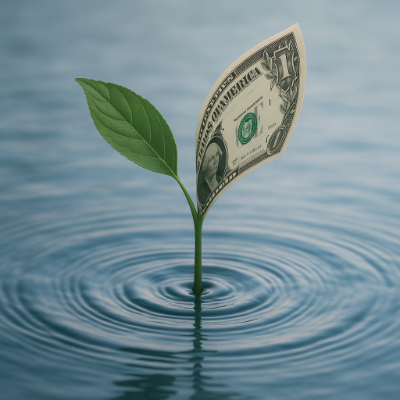Financial behavior is often shaped by what is repeatedly observed in a person’s environment. People observe how peers live—the homes they purchase, the vehicles they drive, the visible upgrades they make—and begin to treat those patterns as financial benchmarks. These cues are not always discussed directly, but they are absorbed consistently. As exposure increases, decisions that once appeared discretionary are treated as standard.
People adjust their expectations incrementally as they continue to encounter the same spending behaviors in their surroundings. In many settings, leasing vehicles or upgrading consumer goods becomes a visible norm among peers. Repeated exposure to these patterns often leads to uncritical acceptance. Similar opportunities—such as store credit offers or promotional travel rates—are more likely to be accepted when they resemble peer behavior.
These choices are not always based on personal need or long-term value. They are often influenced by a perceived need to remain consistent with surrounding lifestyles. Acquisition is frequently tied to maintaining alignment with social expectations. As these standards are drawn from peers and social surroundings, the influence often goes unnoticed. These behaviors are often adopted without conscious comparison, as they reflect what has come to define financial normalcy within a given group.
The Illusion of Affordability
Spending choices made in response to social signals are often justified through short-term reasoning. When a purchase aligns with what others appear to afford, it is easier to assume it is also personally manageable. This assumption is reinforced by flexible payment structures, promotional financing, or low monthly installment plans. The affordability of the payment, rather than the total cost, becomes the primary reference.
Over time, this method of evaluating financial decisions becomes habitual. A vehicle lease, a home upgrade, or a vacation purchase may be weighed in terms of how similar it looks to what others are doing, rather than how it fits into a long-term financial plan. These decisions are not always made impulsively; they are often supported by a belief that maintaining consistency with peers is a form of stability.
Emotional pressure also plays a role. The discomfort of falling behind socially or appearing out of sync with peer groups can influence spending behavior. In some cases, the visibility of certain choices—such as home renovations or clothing—adds to the perceived importance of staying current. The result is a financial approach based less on personal priorities and more on preserving alignment with external cues.
Normalization Over Time
When aspirational spending becomes routine, it often stops being questioned. As more people make similar choices—financing vehicles, upgrading homes, or relying on credit for discretionary purchases—these actions begin to represent the baseline. The financial strain they create becomes part of the background, absorbed into the expected cost of maintaining a lifestyle.
This normalization shifts how people assess their own behavior. The presence of debt, inconsistent saving, or financial pressure may feel typical rather than problematic. As long as bills are paid and outward routines continue, there is little incentive to reexamine underlying trade-offs. Overextension blends into the environment when it matches what is seen in others.
Without interruption, these patterns reinforce themselves. What began as a response to comparison becomes a stable part of daily life. Financial decisions are no longer calibrated against long-term goals or available resources. Rather, they are shaped by what has come to seem ordinary.
When spending is shaped by social context, financial strain can become indistinguishable from normal life. Many of the most expensive decisions are made not out of necessity but out of alignment with what others appear to be doing.
Finance Health
Focused on long-term growth and financial resilience, Finance Health is a voice of compound interest, consistency, and the long game.

